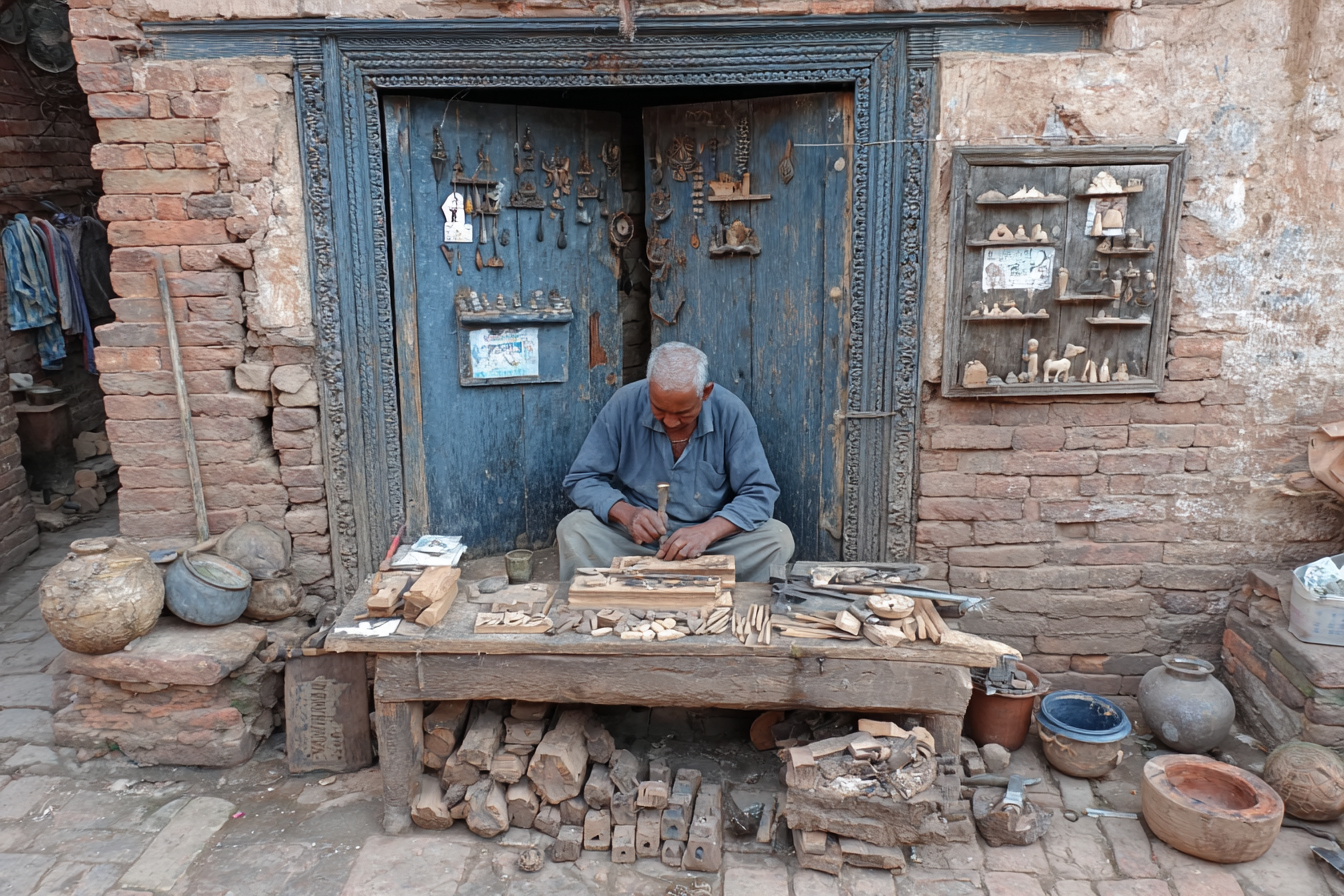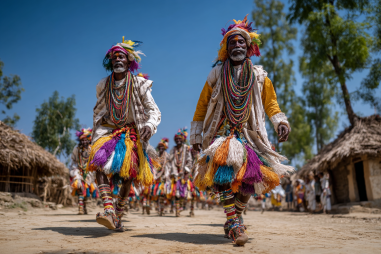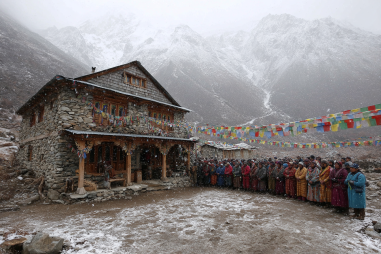Bhaktapur, nestled in the Kathmandu Valley of Nepal, is a treasure trove of traditional arts and crafts deeply rooted in the Newari culture. Renowned for its well-preserved heritage, this ancient city is not only an architectural marvel but also a vibrant hub where skilled artisans continue to breathe life into age-old handicraft traditions. From the intricate wood carvings that adorn temples and homes to the delicate pottery shaped on spinning wheels, Bhaktapur offers a unique glimpse into the artistic spirit passed down through generations. If you’re eager to explore the world of Bhaktapur art and crafts, this guide will walk you through the city’s legendary craftsmanship, where to find genuine souvenirs, and how you can support local artisans.
Introduction to Newari Arts and Crafts
The Newari people, indigenous inhabitants of the Kathmandu Valley, have nurtured a rich artistic heritage for centuries. Their crafts are not merely decorative but hold profound cultural and religious significance. Newari arts encompass a wide range of skills, including metalwork, painting (thankas), weaving, pottery, and especially wood carving. These crafts are deeply intertwined with the traditional festivals, rituals, and everyday life in Bhaktapur. What makes Newari handicrafts unique is the blend of intricate design, symbolic motifs, and the use of natural materials, all perfected with meticulous craftsmanship passed down through family lines.
Wood Carving and Architecture
One of the most striking features of Bhaktapur’s artistic legacy is its extraordinary wood carving tradition. The city’s stunning temples, palaces, and traditional dwellings are adorned with handcrafted wooden windows, doors, struts, and balconies, each carved with elaborate motifs depicting religious symbols, mythical creatures, and floral patterns. The so-called “peacock window” is one of the most famous examples and is emblematic of Bhaktapur’s woodcarving finesse.
The art of wood carving is a revered craft, requiring years of training under experienced masters. Artisans typically use local woods such as sal and teak, which are carefully shaped using traditional chisels and hand tools. The carvings not only serve an aesthetic purpose but also play a protective role, often thought to ward off evil spirits. Walking through Bhaktapur’s Durbar Square, visitors can admire these wooden masterpieces that reflect centuries of dedication and skill.
Pottery Traditions in Bhaktapur
Pottery is another cornerstone of Bhaktapur’s artisanal culture. The city is famous for its vibrant pottery district called “Pottery Square,” where clay pots, vases, water jars, and decorative items are shaped with expertise and fired in traditional kilns. Pottery making in Bhaktapur is a skillful process that has remained largely unchanged since medieval times, emphasizing handcrafting rather than mechanization.
Potters source clay from the nearby riverbanks, carefully prepare the material, and use a potter’s wheel to shape each item with precision. After shaping, the pieces are adorned with simple yet elegant designs, often painted in rich earth tones before firing. The result is pottery that is both functional and artistic, ideal for daily household use or as charming keepsakes. Visitors can watch potters at work and even try their hand at molding clay, making for a memorable cultural experience.
Where to Buy Authentic Handicrafts
For those eager to bring home a piece of Bhaktapur’s artistic traditions, there are several ideal spots to find authentic handicrafts. Some popular places include:
- Bhaktapur Durbar Square: Numerous small shops and stalls line the historic square, selling traditional wood carvings, pottery, handwoven textiles, and metal crafts such as bronze statues and ritual objects.
- Pottery Square: Here, you can purchase freshly made clay pots and pottery items directly from the artisans, ensuring genuine products at reasonable prices.
- Local markets and craft cooperatives: These markets often feature a wide array of Newari handicrafts, including handmade paper products, jewelry, and embroidered fabrics. Buying from cooperatives guarantees fair support for the artisans.
When shopping for souvenirs, it’s important to verify authenticity by checking for traditional craftsmanship and speaking with the artisans when possible. Supporting local makers helps sustain these cultural practices and contributes to the local economy.
Workshops and Artisan Villages
Bhaktapur isn’t just a place to admire crafts from afar; it’s also where you can immerse yourself in hands-on workshops and visit artisan villages that keep traditional methods alive. Many local operators offer pottery classes where visitors can experience the entire process—from molding clay to firing the finished piece. These workshops provide insights into the techniques and history behind the craft while allowing you to create your own souvenir.
Additionally, some artisan villages on the outskirts of Bhaktapur specialize in wood carving, where craftsmen demonstrate their skills in creating intricate designs on wooden panels and household items. Visiting these villages offers a unique opportunity to engage with the creators and understand the social and cultural contexts of their work.
Supporting Local Craftsmen
Preserving Bhaktapur’s art and craft traditions hinges on sustained support for local artisans. Tourists and collectors can play a vital role by purchasing products directly from makers or through trusted cooperatives that ensure fair compensation. Avoid buying mass-produced or counterfeit items that undermine the value of genuine craftsmanship.
Additionally, spreading awareness about Newari arts and crafts—through social media, storytelling, and cultural tourism—helps attract more attention and resources to these communities. Supporting training programs and workshops that teach younger generations these ancient skills is equally important for preserving Bhaktapur’s cultural heritage.
By valuing and investing in Bhaktapur’s art and crafts, visitors contribute to a living tradition that continues to foster pride, creativity, and identity among the Newari people.
Discovering Timeless Creativity in Bhaktapur
Exploring Bhaktapur’s art and crafts is like stepping into a vibrant story of heritage and creativity that spans centuries. Whether it’s marveling at the exquisite wood carvings gracing centuries-old buildings, witnessing skilled potters shaping earthy vessels, or engaging directly with artisans in workshops and markets, every encounter offers a rich, authentic cultural experience. The crafts of Bhaktapur are not only beautiful objects but also living expressions of Newari identity and artistic excellence, preserved with care and passion.
For travelers and art enthusiasts alike, Bhaktapur promises an unforgettable journey through tradition, with the chance to take home a piece of the city’s soul while supporting communities dedicated to keeping their art alive. Delve into these timeless crafts, and you’ll find more than souvenirs—you’ll uncover stories, skills, and a spirit of artistry that continue to inspire.







